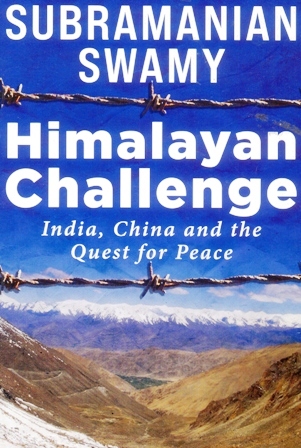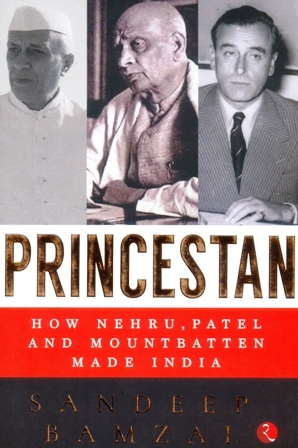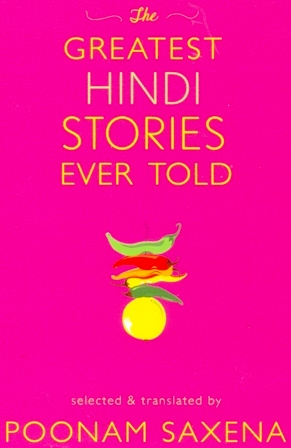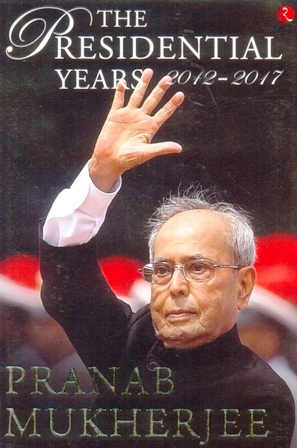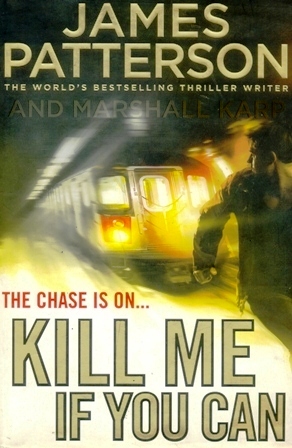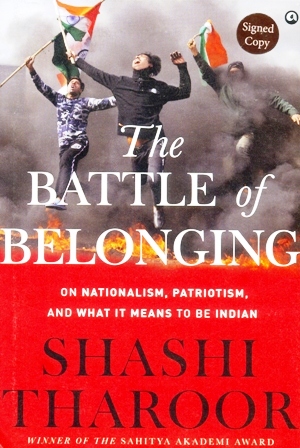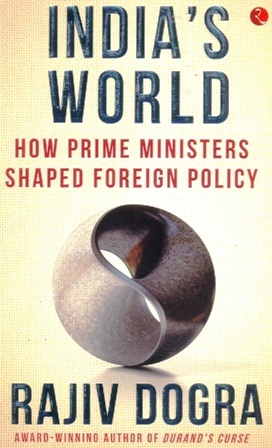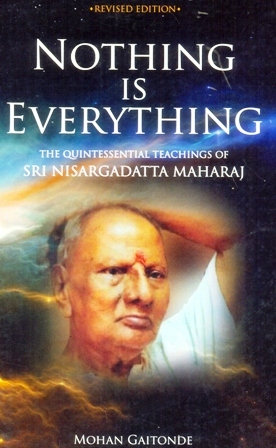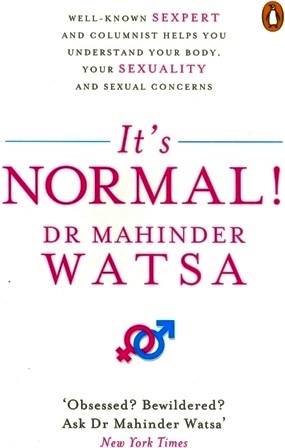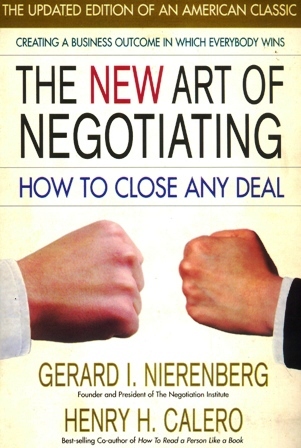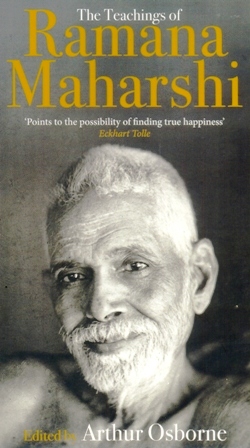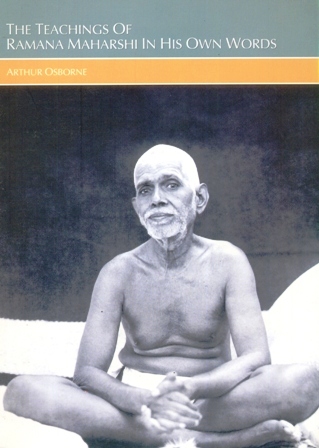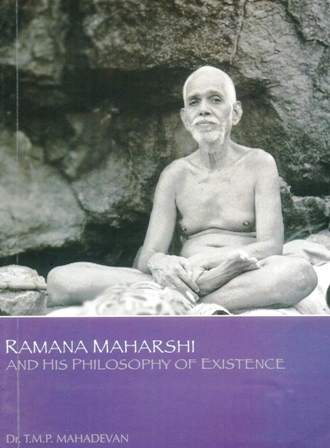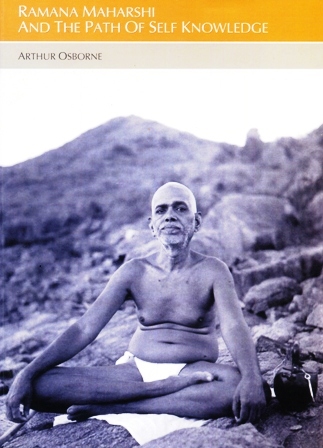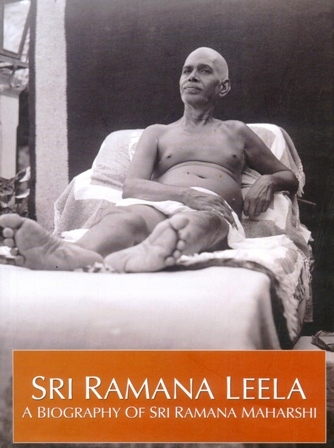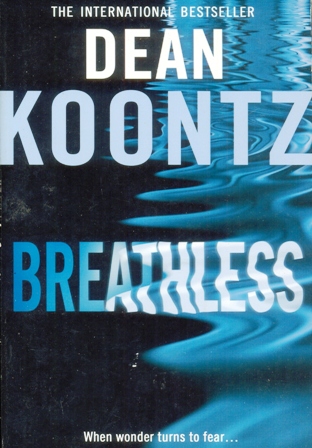-
Himalayan Challenge India China And The Quest For
In September 1978, at the invitation of the prestigious Chinese people’s Institute of foreign affairs, Subramanian Swamy, then a Lok Sabha member of Parliament of the ruling Janata party and an elected member of the Party’s National executive, travelled to China as an envoy of the then prime Minister, Morarji Desai, where he met senior leader Ji pengfei. This led to the first contact, since 1962, between the ruling parties of both countries. Later, in April 1981, Swamy, the then deputy leader of the opposition, was invited to meet China’s Supreme leader, Chairman Deng Xiaoping. In this historic 100-minute meeting, Swamy successfully persuaded Deng to reopen the—Kailash Mansarovar route for Hindu pilgrims. In August that year, he also led the first delegation to the holy site, which he Revisited as a guest of the Chinese government in June 2016. It is this vast, first-hand experience that Swamy combines with a provocative exploration of historical sources and fascinating new insights to create Himalayan challenge—the most compelling and definitive account of India–China relations. From uncovering the perfidy committed by the British vis-a-vis the McMahon line in 1936 and the circumstances leading to the folly of war in 1962, to the current fluid situation at the border, this seminal work effortlessly blends meticulous scholarship and memoir-style writing in an intellectually rich fashion. Swamy breaks new ground when he suggests a middle path—grounded in pragmatism, and not carried out over fear or overreaction—that India must take in her interactions with China.
-
RSS Evolution From An Organization To A Movement
What makes the RSS unique? How has the Rashtriya Swayamsevak Sangh evolved from a ‘shakha’-based organization, which started in an obscure corner of Nagpur in 1925, to a pan-global movement? How is it possible for an organization not to split in nearly 100 years of its existence? Part of the answer lies in the personality of the heads of the RSS or Sarsanghchalaks as they are respectfully called. Each of the Sarsanghchalaks, from Dr Keshav Baliram Hedgewar to Dr Mohan Bhagwat, has played a key role in guiding and shaping the organization, helping it to evolve into a body that has shown exponential growth while playing a major role in the renaissance of Hindu dharma. Accessing RSS documents, written originally in Marathi and Hindi, conducting meticulous research in the archives, and relying on letters, official statements, resolutions, and his first-hand knowledge of working with five out of six Sarsanghchalaks, the author provides a holistic study of the evolution of the RSS. The hundredth anniversary of the founding of the RSS is less than five years away. For the first time, readers will now be able to have a historic, factual and authentic understanding of this gigantic people’s movement, told by an insider.
-
The Greatest Odia Stories Ever Told
The greatest Odia stories ever told showcases odia’s greatest storytellers ranging from literary masters such as fakir Mohan Senapati, Gopinath Mohanty, Reba Ray and man's Das to contemporary stalwarts like Pratibha Ray and nrusingha Tripathi, among others. A young woman who was dragged away by a crocodile mysteriously resurfaces after a decade in Manoj das’s ‘Mrs crocodile’; a pet goat let loose in a government Office causes amusement and chaos in Gopinath Mohanty’s ‘the solution’; Godavari's mahapatra’s ‘maguni’s bullock cart’ deals with the anxieties of a bullock cart driver stuck between the trappings of traditions and modernity stories in this anthology traverse an exciting range of themes from fantasy to reality and bone-chilling horror to rib-tickling humour. Timeless, evocative and striking, the greatest Odia stories ever told offers a rich selection of stories that are unrivalled in their range, style and complexity. Selected and translated by leelawati Mohapatra, Paul st-pierre and K. K. Mohapatra, the twenty-four stories in this volume showcase the finest short fiction in Odia literature.
-
Princestan How Nehru Patel And Mountbatten Made In
In the run-up to independence, a vile plan was devised by a handful of powerful princes to not join either India or Pakistan. The plan was led by the Chancellor of the chamber of princes, Nawab of Bhopal, who was operating under the patronage of Mohd. Ali Jinnah, Lord wavell and British prime Minister Winston Churchill. The idea was to create a third dominion called princestan where the 565 princely states would stay outside the ambit of the two free states and retain paramountcy under the aegis of the departing British. The success of such a malevolent plan would have made the newly independent nation unstable and vulnerable. However, three persons stood in the way of the nefarious British plan to balkanize India. This is the hitherto untold story of how Jawaharlal Nehru, Lord Mountbatten and Sardar Patel battled the rulers of the princely states at every twist and turn to foil that cunning plan, even as the process of decolonization had begun.
-
The Greatest Hindi Stories Ever Told
The twenty-five stories in The Greatest Hindi Stories Ever Told represent the finest short fiction in Hindi literature. Selected and translated by editor, writer, and translator Poonam Saxena, and ranging from early literary masters of the form such as Premchand, Chandradhar Sharma Guleri, BhishamSahni, HarishankarParsai, Mannu Bhandari, and Shivani to contemporary greats such as AsgharWajahat, Uday Prakash, Sara Rai, and others, the collection has stories of darkness, hope, triumph, anger, and irony. In Premchand’s ‘The Thakur’s Well’, ‘low-caste’ Gangi struggles to find drinking water for her ill husband; in ‘The Times Have Changed’ by Krishna Sobti, the matriarch Shahni bids a heart-breaking farewell to her village during Partition; Krishna BaldevVaid’s ‘Escape’ is a telling story about women’s yearning for freedom; Yashpal’s ‘Phoolo’s Kurta’ is a sharp commentary on child marriage and notions of female modesty; in BhishamSahni’s ‘A Feast for the Boss’ and Usha Priyamvada’s ‘The Homecoming’, ageing parents find themselves tragically out of sync with their family; Amarkant’s ‘City of Death’ looks at the fragile thread that holds together communal peace; PhanishwarnathRenu’s ‘The Third Vow’ features the lovable bullock-cart driver Hiraman; Bhagwaticharan Varma’s ‘Atonement’ and HarishankarParsai’s ‘The Soul of Bholaram’ are scathing satires; and ‘Tirich’ by contemporary writer Uday Prakash is a surreal tale—these and other stories in the collection are compelling, evocative, and showcase an unforgettable range of brilliant styles, forms, and themes.
-
Plassey The Battle that Changed the Course Of Indi
The Battle of Plassey, fought on 23 June 1757, changed the course of Indian history forever. When the short, sharp hostilities between the forces of the nawab of Bengal, Siraj-ud-daulah, and East India Company troops led by Robert Clive, an ambitious soldier of fortune, ended, Britain was on its way to becoming the dominant force in the region. The eighteenth century was a time of great political churn in the subcontinent. After the death of Emperor Aurangzeb, the Mughal empire began to slowly fracture. In the east, the nawabs of Bengal, who ruled in the name of the Mughals, took the opportunity to break free. By the middle of the century, Siraj-ud-daulah succeeded his grandfather, Alivardi Khan, to the throne of Bengal. The young nawab clashed frequently with the Company as it looked to aggressively expand and safeguard its interests. Their skirmishes led inexorably to Plassey, a decisive battle in a mango orchard by the banks of the Bhagirathi-Hugli. But what was Plassey all about, besides a young nawab who stood in the way of a company’s business plans and a country’s dreams of conquest? Was it really a battle or was it won before it began? What were the politics of the time that permitted Plassey? Why did the British so desperately want Bengal? Who were the faces beyond a callow Siraj and a crafty Clive, the two main combatants? What are the stories behind the spurned general, the ambitious and hateful aunt, the rude and covetous cousin, the insulted banker, the grasping merchant? And how was—is—Plassey seen? By the victors and the vanquished? The colonizer and the colonized? Why does Plassey remain such a fascinating story even today? Using multilingual sources and a multidisciplinary approach, Sudeep Chakravarti answers all these questions and a myriad others with great insight and nuance. Impeccably researched and brilliantly told, Plassey is the best account yet of one of the turning points in Indian history.
-
The Presidential Years 2012-2017
The presidential years gives a fascinating account of how one of the country most respected veteran politicians reshaped the functioning of Rashtrapati Bhavan and responded to tumultuous events as the country first citizen, leaving behind a legacy that will be hard to match. Pranab Mukherjee became President of India after having spent several decades in politics, and there was great speculation over how he would approach his new bipartisan role after having been associated with a political party for so many years of his life. By the time he had served his Term, Mukherjee had won the respect and admiration of people from across the political spectrum, including those who were his rivals when he was a political figure. He had the occasion to work with two prime ministers, belonging to two parties who were (and are) fiercely opposed to each other, and he managed to do so with aplomb.
-
Akbar The Great Mughal
Abu’l Fath Jalal-ud-din Muhammad Akbar, the third Mughal emperor, is widely regarded as one of the greatest rulers in India’s history. During his reign, the Mughal Empire was one of the wealthiest in the world, and covered much of the Indian subcontinent. Although there are dozens of books on the empire, there are surprisingly few full-length accounts of its most remarkable emperor, with the last major study having been published over two decades ago. In Akbar: The Great Mughal, this outstanding sovereign finally gets his due, and the reader gets the full measure of his extraordinary life. Akbar was born on 15 October 1542 and after a harrowing childhood and a tumultuous struggle for succession following the death of his father, Humayun, became emperor at the age of thirteen. He then ruled for nearly fifty years, and over the course of his reign established an empire that would be hailed as singular, both in its own time and for posterity. In this book, acclaimed writer Ira Mukhoty covers Akbar’s life and times in lavish, illuminating detail. The product of years of reading, research, and study, the biography looks in great detail at every aspect of this exceptional ruler—his ambitions, mistakes, bravery, military genius, empathy for his subjects, and path-breaking efforts to reform the governance of his empire. It delves deep into his open-mindedness, his reverence towards all religions, his efforts towards the emancipation of women, his abolishing of slavery and the religious tax—jiziya—and other acts that showed his statesmanship and humanity. The biography uses recent ground-breaking work by art historians to examine Akbar’s unending curiosity about the world around him, and the role the ateliers played in the succession struggle between him and his heir, Prince Salim (who became Emperor Jahangir). Beautifully written, hugely well-informed, and thoroughly grounded in scholarship, this monumental biography captures the grandeur, vitality, and genius of the Great Mughal.
-
Kill Me If You Can A Windfall Could Change His Lif
Gunshots and explosions fill the air, and suddenly you – and everyone else – are running for your lives.
-
The Battle Of Belonging On Nationalism Patriotism
There are over a billion Indians alive today. But are some Indians more Indian than others? To answer this question, one that is central to the identity of every man, woman, and child who belongs to the modern Republic of India, eminent thinker and bestselling writer Shashi Tharoor explores hotly contested ideas of nationalism, patriotism, citizenship, and belonging. In the course of his study, he explains what nationalism is, and can be, reveals who is anti-national, what patriotism actually means, and explores the nature and future of Indian nationhood. He gives us a clear-sighted view of the forces working to undermine the ‘idea of India’ (a phrase coined by Rabindranath Tagore) that has evolved through history and which, in its modern form, was enshrined in India’s Constitution by its founding fathers. Divided into six sections, the book starts off by exploring historical and contemporary ideas of nationalism, patriotism, liberalism, democracy, and humanism, many of which emerged in the West in the eighteenth and nineteenth centuries, and quickly spread throughout the world. The author then summarizes India’s liberal constitutionalism, exploring the enlightened values that towering leaders and thinkers like Gandhi, Nehru, Tagore, Ambedkar, Patel, Azad, and others invested the nation with. These are contrasted with the narrow-minded, divisive, sectarian, ‘us vs them’ alternatives formulated by Hindutva ideologues, and propagated by their followers who are now in office. Today, the battle is between these two opposing ideas of India, or what might be described as ethno-religious nationalism vs civic nationalism. The struggle for India’s soul has heightened, deepened, and broadened, and threatens to hollow out and destroy the remarkable concepts of pluralism, secularism, and inclusive nationhood that were bestowed upon the nation at Independence. The Constitution is under siege, institutions are being undermined, mythical pasts propagated, universities assailed, minorities demonized, and worse. Every passing month sees new attacks on the ideals that India has long been admired for, as authoritarian leaders and their bigoted supporters push the country towards a state of illiberalism and intolerance. If they succeed, millions will be stripped of their identity, and bogus theories of Indianness will take root in the soil of the subcontinent. However, all is not yet lost, and this erudite and lucid book shows us what will need to be done to win the battle of belonging and strengthen everything that is unique and valuable about India. Firmly anchored in incontestable scholarship, yet passionately and fiercely argued, The Battle of Belonging is a book that unambiguously establishes what true Indianness is and what it means to be a patriotic and nationalistic Indian in the twenty-first century.
-
India's World
When Narasimha Rao became the prime minister in 1991, just a billion dollars separated India from bankruptcy. He was told by Finance Minister Manmohan Singh, that petrol pumps would run dry after two weeks. India was forced to ship 46.8 million tonnes of gold to secure $400 million in loans from the Bank of England and Bank of Japan. This blow to the national pride may not have been comparable to the military humiliation of 1962, but it was bad enough. Carved in riveting prose, India’s World is about such trials and many triumphs of the country. Since Independence, eight prime ministers, in particular, have been the principal architects of India’s rise. From Nehru, venerated as a resolute statesman and one of the great political minds of the last century, to Modi who is acknowledged as a determined doer, the book offers a crystal clear portrait of India’s leaders. This lively volume celebrates the myriad ways in which they have made history. It asks and answers questions that people often debate about. Who was the great Indian prime minister, complete in every respect? If there was one, could it be Nehru, Indira or Rao? Or, is it Modi? Elegantly written by one of India’s finest strategic minds, it is a must-read for those curious about India’s place in the world. There are messages too for a future Indian prime minister on what to expect.
-
Gazing Eastwards Of Buddhist Monks And Revolutiona
Gazing Eastwards is a lively and arresting account of Romila Thapar’s first visit to China in 1957. She went as a research assistant to the Sri Lankan art historian Anil de Silva, and worked on two major Buddhist sites in Maijishan and Dunhuang. It was a period of deceptive calm in the country, just prior to traumatic events such as the Cultural Revolution and the Great Leap Forward that churned and transformed Chinese society. Although China was changing with Mao’s rise to power, much of the old ways remained. This being her first visit to East Asia, the author was greatly intrigued by the country, its culture, and its people during the months she spent there. Besides her work on the Buddhist sites that brought her to China, the author was able to travel to the historically important cities of Beijing, Xi’an, Nanking, and Shanghai, as also some small cities and villages of the Chinese hinterland. She travelled by plane, train, truck, and automobile. Her curiosity led her to many meetings with a variety of people, great and small, as well as forays into the country’s art, music, culture, and religion. She ate the most unusual and delicious Chinese meals, and endorsed the claim that Chinese food is one of the world’s great cuisines. She delved into Chinese history, learnt how to play the erhu, heard the operas of diverse regions, shook hands with Chairman Mao, admired the grace and beauty of Chinese women, and tried to experience as much of Chinese society as she could. Her observations of her time in China provide the reader with a profound, funny, original, and constantly insightful look at one of the world’s oldest and most complex countries.
-
Nothing Is Everything The Quintessential Teachings
Nisargadatta Maharaj is undoubtedly the Ultimate Alchemist and his non-dual teachings, the Ultimate Alchemy. This book is a live satsang with Satguru Sri Nisargadatta Maharaj, covering rare and unpublished conversations with Sri Nisargadatta Maharaj which have been transcribed by his evening translator, Mohan Gaitonde, who had the privilege of being with him from 1979 to 1981. The flavor of these talks is heightened by the fact that Mr. Gaitonde, being well-versed with Marathi, the language Maharaj spoke, is able to convey all the subtle nuances of Maharajs potent words of wisdom. Nothing is Everything is indeed Nisargadatta Maharajs ultimate blessing for the ardent seekers.
-
Its Normal
Does size matter? Is masturbation harmful? What is the G-spot? Do men have a G-spot? Should you feel anxious and guilty about ‘bad’ thoughts? ‘Relax! It’s perfectly normal,’ says Dr Mahinder Watsa, India’s foremost sexologist. In this book he addresses and explains all the issues and concerns that you might have about sex and sexuality. From understanding your body to teenage troubles, from the first night to safe sex, from infancy to sixty years and beyond, he gives advice and solutions for all these and more. Plus, with classic wit and humour, he deals with hundreds of queries from his readers across the country. It’s Normal!, a comprehensive guide to sex, is an essential read.
-
The New Art Of Negotiating
You negotiate every day of your life. Whether you are closing a business deal, asking your employer for a raise or simply persuading your child to do his homework, everything is a negotiation. Written by Gerard Nierenberg and Henry Calero, world-renowned experts in the field, The New Art of Negotiating introduces you to the many crucial skills involved in effective negotiation. Early in their careers, Nierenberg and Calero made a revolutionary discovery: Negotiation does not have to be an adversarial process that ends in victory for one party and defeat for the other. By having a clear understanding of each party's goals, you can steer clear of the common obstacles that derail most deals. The New Art of Negotiation provides the author's proven strategies for avoiding these pitfalls in our fast-changing, high-pressured world. You will learn how to analyse your opponent's motivation, negotiate toward mutually satisfying terms, learn from your opponent's body language and much more. Throughout, the authors will guide you in successful applying their famous 'everybody wins' tactics.
-
The Teachings Of Ramana Maharshi
Sri Ramana Maharshi is widely thought of as one of the most outstanding Indian spiritual leaders of recent times. Having attained enlightenment at the age of 16, he was drawn to the holy mountain of Arunachala in southern India, and remained there for the rest of his life. Attracted by his stillness, quietness and teachings, thousands sought his guidance on issues ranging from the nature of God to daily life. This book brings together many of the conversations Maharshi had with his followers in an intimate portrait of his beliefs and teachings. Through these conversations, readers will discover Maharshi's simple discipline of self-enquiry: knowing oneself and looking inwards as the road to true understanding and enlightenment. This updated edition will appeal to anyone looking for peace, self-awareness, and guidance on how to embrace the self for well being and calm.
-
The Teachings Of Ramana Maharshi In His Own Words
In this Book Arthur osborne has succeeded in presenting in a brief compass the essential teachings of the Maharshi,through a process of selection from his dialogues and written works.The matter has been classified under distinct subjects.This Book fulfills the need for a short,reliable compendium of Sri Bhagawan's instructions--which in earlier years were available mostly in the form of jottings.The notes of the author are of great value. Ever since it was published in the year 1996 the book's demand is so great that it has been re-printed eleven times within four years!
-
Sat Darshana Bhashya And Talks With Maharshi
Sat-Darshana is Vasishta Ganapati Muni s inspired Sanskrit translation of Sri Ramana Mharshi s Ulladu Narpadu (Forty Verses on Reality). Kapali Sastriar,a close disciple and scholar-sadhaka of the highest order,has elucidated with clarity and profundity the meaning of these verses in his Sanskrit Bhashya (commentary). In this book Sastriar has compiled not only his English translation of Sat-Darshana and his Bhashya,but also his recorded conversations with Sri Ramana.These Talks cover the full range of the Maharshi s teaching and prepare the ground for cultivating a deep insight into Sri Ramana maharshi s seminal teachings in the form of forty verses. Talking of Sri Ramana Maharshi the famous author and biographer Paul Brunton has the following to say: The words of this Sage still flame out in my memory like beacon lights. I pluck golden fruit from rare meetings with wise men, wrote trans-Atlantic Emerson in his diary,and it is certain that I plucked whole basketfuls during my talks with this man.Our best philosophers could not hold a candle to him....
-
Ramana Maharshi And His Philosophy Of Existence
"Under whatever name we worship It,It leads us on to knowledge of the nameless,formless Absolute. Yet to see one's Self in the Absolute,to subside into it and be one with it,this is the true knowledge of the truth." This is a typical translation by the Author of the Tamil original verse,Ulladu narpadu (Forty Verses of Existence) authored by Sri Ramana Maharshi.Sri Ramana hardly contributed any writings and probably this is the only major work.His Philosophy and Spirituality were more expounded by clearing the doubts of devotees by way of Questions and Answers.
-
Ramana Maharshi And The Path Of Self Knowledge
The author has packed into this small volume all of the essential information relating to the teachings of Bhagavan Sri Ramana Maharshi(1879-1950),the great Indian sage. The life of Sri Ramana Mahrshi fills us us with wonder.As a teenager,hardly seventeen,he realised the self through a spontaneous act of Self-enquiry without any conscious effort on his part,or any trainining imparted by a teacher. He left his home in 1896,came to Arunachala (Tiruvannamalai)where he lived as an all-renouncing sage,in a state of continuous self-absorption for a period of fifty four years until his mahanirvana in 1950. The instructions given by Sri Raman to his early devotees are all portrayed by the author.They have a lasting value.Also included are Paul Brunton's experiences. Sri Maharshi's message is that self-knowledge is not something to be acquired afresh.It is only becoming aware of one's own natural state of Pure Being,through self-enquiry. The spirit of this simple but profound message has been captured by the author in his presentation.
-
Sri Ramana Leela A Biography Of Bhagavan Sri Raman
The words of this sage,Sri Ramana Maharshi still flame out in my memory like beacon lights."I pluck golden fruit from rare meetings with wise men" wrote Emerson in his diary,and it is certain that I plucked whole basketfuls during my talks with Sri Ramana Maharshi.Our best philosophers of Europe could not hold a candle to him.. --Paul Brunton This introduction by Paul Brunton should induce any seeker to understand Bhagavan Sri Ramana Maharshi. This book was first published in Telugu language in the year 1936.This was one of the three biographies of Sri Bhagavan published during his bodily life time.Perused and corrected prsonally by the great sage himself this book is a must for every follower of Sri Ramana Maharshi.
-
Breathless
The stunning new thriller from the bestselling author of Velocity and Relentless. In the Colorado mountains something miraculous comes into the life of Grady Adams, a strong, gentle man whose past experiences have alienated him from the modern world and driven him to live in the wilds. When he sees it, he knows that one of Nature's great mysteries has been revealed to him. He takes his friend Cammy Rivers to bear witness to the phenomenal presence. As a scientist, she is stunned and awed. She emails photos to colleagues in far places to try and find a name for the wonderful beings. Before they know what is happening, Homeland Security has quarantined the wilderness around them and sent in assorted scientists to track down and 'neutralize' the threat to the known world. Grady and Cammy aren't sticking around to be mere witnesses to this atrocity – determined to prevent it, they go on the run, and a pursuit of hair-raising suspense is under way, with no happy ending in prospect… Breathless is a unique and riveting thriller from the master of suspense.

